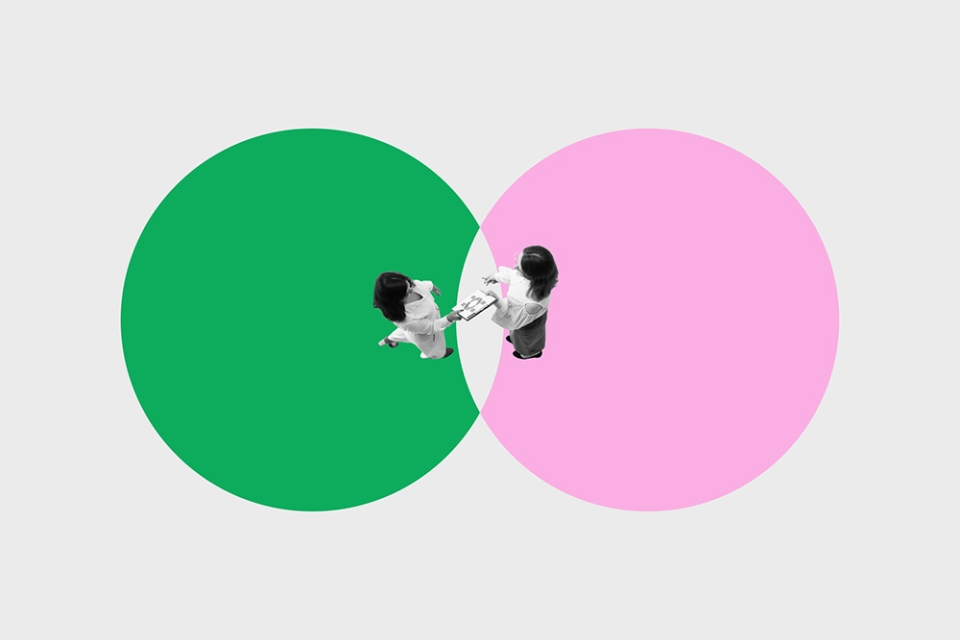You can lead a horse to water, but how do you make it drink?
It’s an age-old challenge; how do you get somebody or something to do something that you want them to do? Much research has been done into what motivates people, or even horses, to behave the way they do, in order to understand how to facilitate behaviour change. In my search to find models of motivation I came across the PRIME theory of Robert West (2006), which outlines the steps that drive behaviour, beginning with an initial intention, that develops into motives, which through impulses or inhibitions affect the resultant behaviour. West talks about two types of motives: wants and needs. In the example of getting a horse to drink a need could be “Make it thirsty.” The want could be “offer it beer.” These are two clear examples of what we might also describe as “away from” and “towards” motivators. “Away from” is the motivation to move away from a problem (in this case thirst). “Towards” is to a focus of pleasure (in this case drinking beer).
In selling models, such as SPIN® we teach the need to work on problems such as thirst to grow them to such an extent that the customer is desperate to take action to move away from them. Generally speaking, in both consumer and business to business sales we find that a need, or problem-based (negative) motivator is the primary one that moves people to make the decision to change. So being thirsty is most likely to get you heading to the bar (or the horse to the trough). When you get to the bar you are likely to have options to choose from. In this case we could imagine two options – water, which costs £0 and beer, which costs say £3. The law of rational economics says that the choice should always be water.
But if that was the case why do we have a multi-million pound brewing industry? In our research here at Huthwaite we have discovered that the “want” motives, or what we call “positive motivators”, may not necessarily create the initial desire to change, but if present they are the ones that have the greatest influence on the final choice of product. When we researched IT sales, even for business equipment, the final choice was more likely to be made on the basis of colour or design than on functionality or price. Design-led companies like Apple have of course traded on this understanding for years.
What this means for the average seller is this: understanding the problems that will lead a customer to buy your product is one part of the process. But if you want them to buy from you rather than from your competitors, you need to consider the “wants”, and especially the value of those “wants” to the individual customer. The choice of beer after all is a highly personal one. Understanding the value of the “wants” means having a very good idea of the price premium an individual is likely to be prepared to pay to satisfy those “wants”. Beer at a £3 premium is likely to appeal, but if it was for example at a £30 premium, then that appeal is most likely lost for the majority of people.Because at the end of the day it is not just about getting a horse to drink, but making sure it drinks out of your trough.



.jpg?width=675&name=iStock-953426638%20(1).jpg)




.webp)